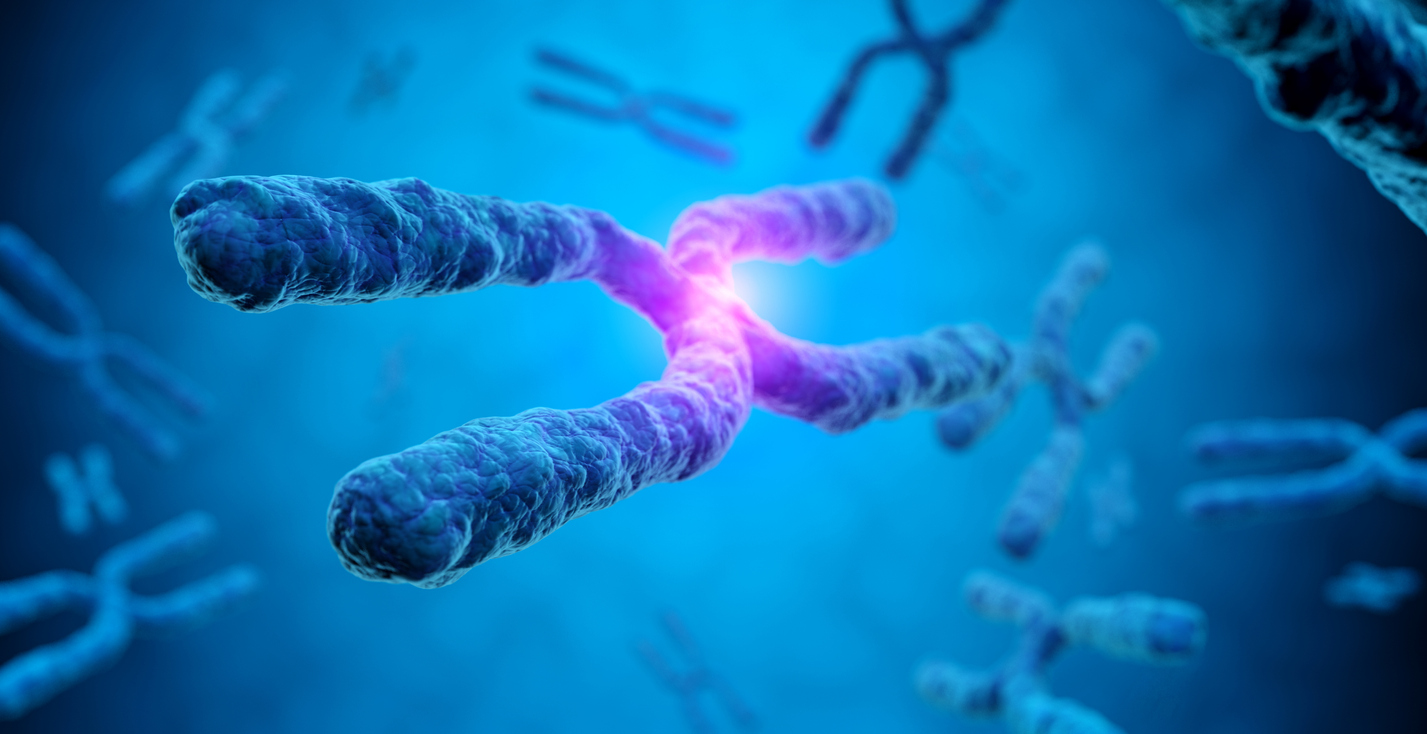Junk DNA: The Secret to a Healthier You? Researchers Say Yes!
For decades, the term “junk DNA” has been bandied about in scientific circles. This vast expanse of genetic material, once dismissed as useless remnants of evolution, has been likened to the “dark matter” of the genome. But a paradigm shift is underway. Researchers are increasingly uncovering the surprising and vital roles of this “junk DNA,” suggesting it’s not just useless baggage, but a key player in regulating our health and potentially even our lifespan. This article dives into the fascinating world of “junk DNA,” exploring its functions and the exciting possibilities it holds for a healthier future.
What is “Junk DNA” Anyway?
First, let’s define our terms. The human genome, the complete set of our genetic instructions, is comprised of approximately 3 billion base pairs. Only a small percentage of this – around 1-2% – codes for proteins, the workhorses of our cells. The rest, the vast majority, was once labeled “junk DNA.” This non-coding DNA includes:
- Introns: Sections of DNA within genes that are removed during protein production.
- Transposable Elements (TEs): Also known as “jumping genes,” these DNA sequences can move around the genome.
- Repetitive DNA: Sequences that are repeated multiple times.
- Regulatory Elements: Regions that control gene expression, turning genes “on” or “off.”
The “junk” label stemmed from the lack of readily apparent function for these sequences. However, as technology advanced, scientists began to discover that these regions are far from inert.
Unveiling the Hidden Functions of “Junk DNA”
The tide has turned. Research is revealing that “junk DNA” plays crucial roles in various biological processes. Here are some key areas of function:
- Gene Regulation: Many non-coding DNA regions contain regulatory elements, such as enhancers and silencers. These elements control when and where genes are expressed, fine-tuning the cellular machinery. This is crucial for proper development and function.
- Genome Architecture: “Junk DNA” helps to shape the three-dimensional structure of the genome. This intricate folding and organization influences gene expression and cellular processes.
- Evolutionary Innovation: Transposable elements, once thought to be parasitic, are now recognized as drivers of evolutionary change. They can introduce new genetic material and rearrange existing sequences.
- Disease Prevention and Treatment: Scientists are investigating the role of “junk DNA” in various diseases, including cancer, heart disease, and autoimmune disorders. Understanding these roles could lead to new diagnostic tools and therapeutic targets.
- Telomere maintenance: Some “junk DNA” elements are involved in maintaining the length and integrity of telomeres, the protective caps on the ends of chromosomes. Telomere shortening is associated with aging and disease.
The Connection to Health and Longevity
The emerging understanding of “junk DNA” opens up exciting possibilities for improving health and potentially extending lifespan. By understanding how these non-coding regions influence gene expression, genome stability, and cellular processes, researchers are exploring ways to:
- Develop personalized medicine: Analyzing an individual’s “junk DNA” profile could help predict their susceptibility to certain diseases and tailor treatments accordingly.
- Create targeted therapies: Drugs could be designed to modulate the activity of specific regulatory elements in “junk DNA” to treat diseases like cancer.
- Promote healthy aging: By understanding the role of “junk DNA” in telomere maintenance and other age-related processes, scientists may be able to develop interventions to slow down aging and improve longevity.
The Road Ahead: Challenges and Opportunities
While the discoveries about “junk DNA” are promising, several challenges remain. The complexity of the non-coding genome is immense, and much research is still needed to fully understand its functions. Some key areas for future research include:
- Mapping and characterizing all the elements of “junk DNA”.
- Understanding the interactions between “junk DNA” and protein-coding genes.
- Developing new technologies to study and manipulate “junk DNA”.
Despite these challenges, the field is rapidly advancing. The more we learn about “junk DNA,” the closer we get to unlocking its secrets and harnessing its potential to improve human health.
Frequently Asked Questions (FAQs)
1. Is “junk DNA” really “junk”?
No! The term “junk DNA” is now outdated and misleading. While once thought to be non-functional, research has revealed that these non-coding regions play vital roles in gene regulation, genome organization, and other important biological processes.
2. Can “junk DNA” cause diseases?
Yes, alterations in certain “junk DNA” regions have been linked to various diseases, including cancer, heart disease, and autoimmune disorders. Understanding these links is crucial for developing new treatments.
3. How can we use “junk DNA” to improve health?
By understanding the roles of “junk DNA” in gene expression, genome stability, and other processes, researchers are exploring personalized medicine, targeted therapies, and strategies to promote healthy aging.
4. Is it possible to manipulate “junk DNA”?
Yes, researchers are developing technologies to study and manipulate “junk DNA.” These tools could be used to target specific regulatory elements to treat diseases or promote healthy aging.
5. What is the ENCODE project and what is its significance?
The Encyclopedia of DNA Elements (ENCODE) project is a large-scale research initiative that aims to identify all the functional elements in the human genome, including those in “junk DNA.” It has greatly contributed to our understanding of the non-coding genome and its importance.
Conclusion
The evolution of our understanding of “junk DNA” from useless remnants to essential regulators is a testament to the dynamic nature of scientific discovery. Researchers are making significant strides in unraveling the complex functions of these non-coding regions, opening up new avenues for improving human health and potentially extending lifespan. As research continues, the secrets hidden within “junk DNA” are poised to revolutionize the way we understand and treat disease, paving the way for a healthier future.




